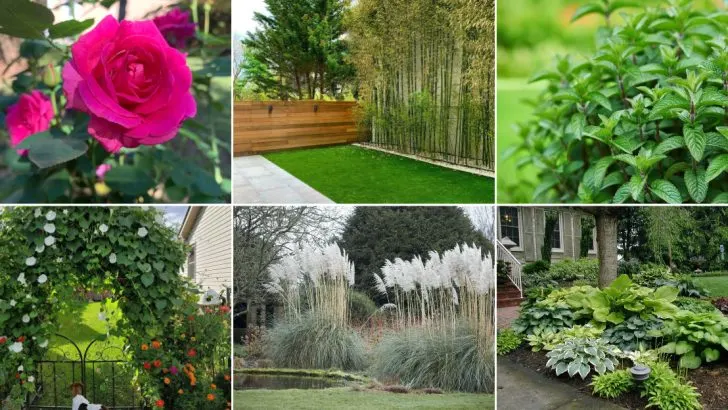Some plants are drama queens in disguise—and I’ve kicked them out of my garden. They hog water. They sulk in the sun. They demand endless attention and give almost nothing in return. For years, I coddled them, hoping they’d change. Spoiler: they never did. So I made cuts. Brutal ones. And guess what? Everything else finally had room to breathe. My garden got happier. Healthier. A little wilder in the best way. Ready to pull the plug on your high-maintenance heartbreakers? Here are 15 plants I finally said goodbye to—and what happened when I did.
Roses
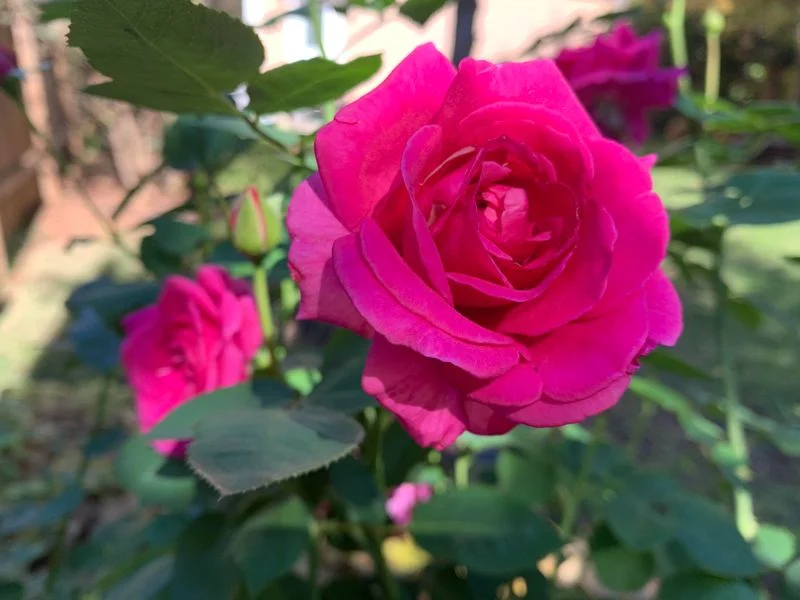
Once the epitome of romance in my garden, roses turned into a thorny nightmare. Their high maintenance nature demanded constant attention, battling pests and diseases more than enjoying their blooms. Each pruning session felt like a thorny obstacle, taking away from the joy of gardening.
Switching to more resilient flowering plants opened up time for appreciating and nurturing the garden’s beauty. The vibrant, hassle-free options now invite butterflies and bees, providing both visual charm and ecological benefit. What a relief to exchange frustration for flourishing life.
Bamboo
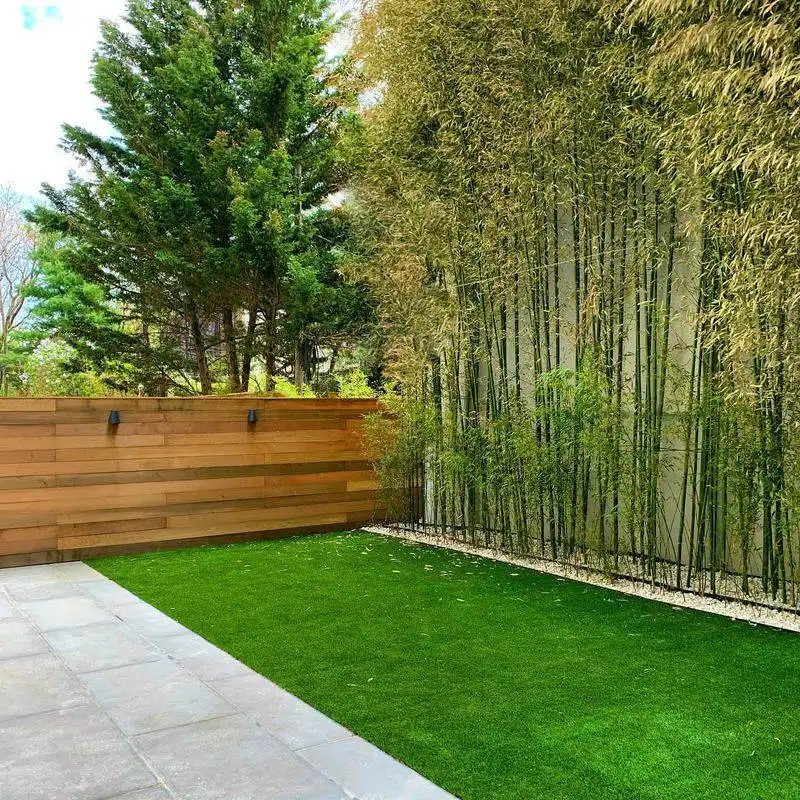
Bamboo’s rapid growth initially promised a touch of the exotic. However, it quickly turned into a green invader. Its roots spread like wildfire, overtaking every inch of soil and crowding out other plants.
Containing bamboo became a full-time job, with roots extending far beyond their intended borders. Removing it was a massive undertaking, allowing space for a diverse range of plants that offer texture and color, without the constant fight for territory. Now, harmony reigns in the garden, a testament to careful plant selection.
Mint

Mint was a fragrant addition that soon resembled a green carpet, covering paths and beds alike. Its vigorous growth and spreading roots made it a garden bully, pushing out other herbs and plants.
Containing it required drastic measures, like planting it in pots, but even that wasn’t foolproof. Once removed, the garden breathed easier, allowing a variety of herbs to thrive. The lesson learned was that boundaries were essential for certain plants, and letting go of mint restored balance to the green haven.
Morning Glory
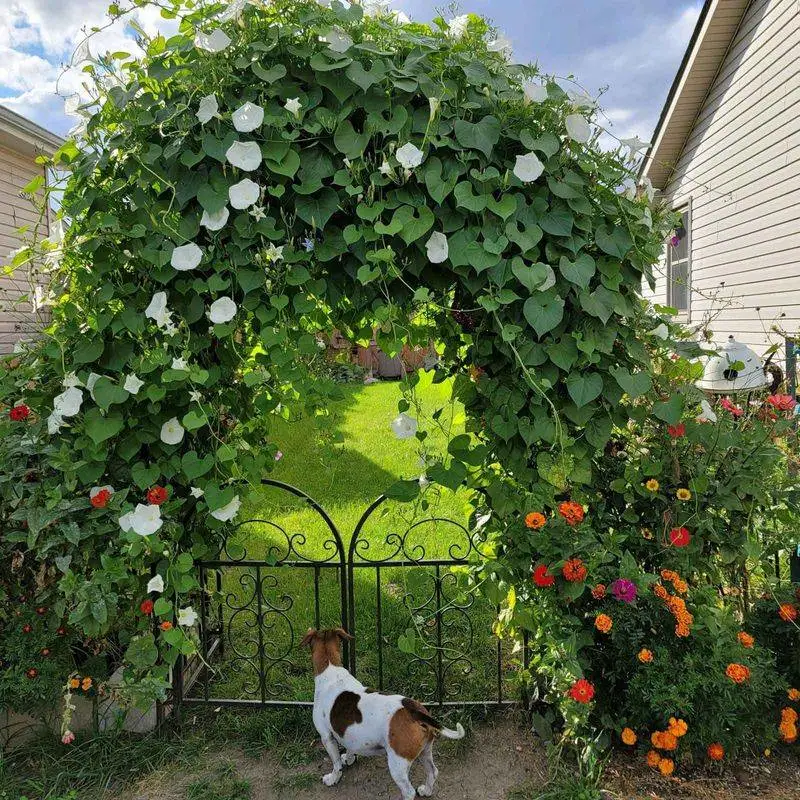
Morning glories brought vivid colors and a sense of whimsy, but their embrace was suffocating. Their vines strangled other plants, leaving little room for anything else to flourish. The morning display was short-lived, replaced by a tangled mess.
Untangling became a daily chore, overshadowing the joy of their blooms. Letting them go allowed sunlight and space for more diverse growth. The garden now supports a wider array of species, each contributing uniquely to its ecosystem, free from the choking hold of relentless vines.
Ivy
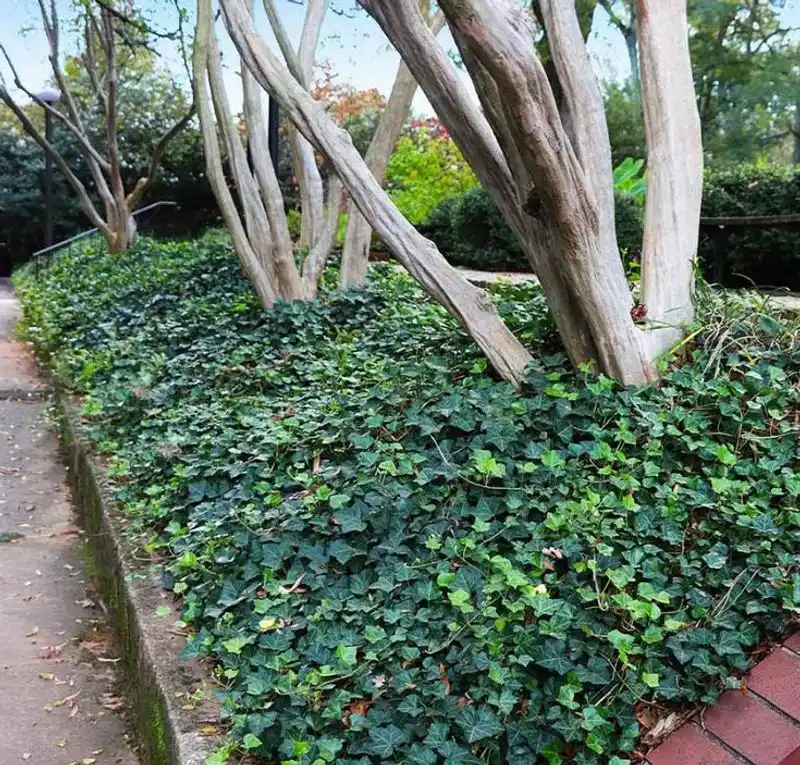
Ivy’s allure, with its creeping elegance, quickly turned into a shadowy burden. Its rapid coverage and suffocating growth left little space for other plants to breathe. The constant battle to control it overshadowed its initial appeal.
Once removed, the garden basked in newfound light and air. The decision to replace it with less aggressive climbers breathed vitality back into the space. The garden flourished with diversity, each plant adding its own charm without smothering others. Balance was restored with thoughtful choices.
Lavender
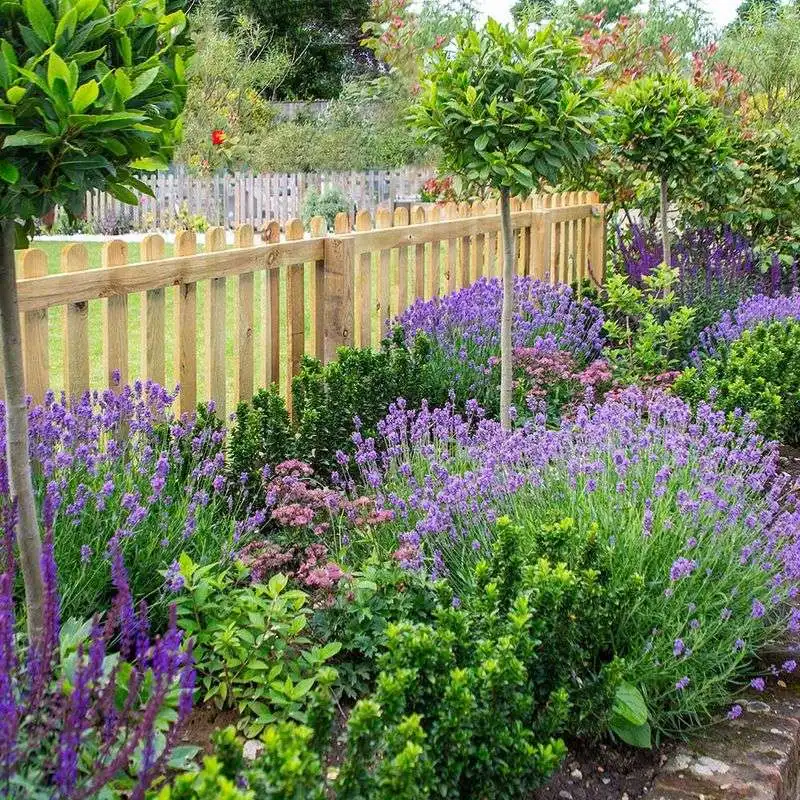
Lavender’s delightful fragrance was a beacon of tranquility, yet it faltered in my garden’s conditions. Insufficient sunlight and poor drainage led to its demise, leaving a gap where serene aromas once lingered.
Replacing it with shade-tolerant plants brought back life to the area. The newfound vibrancy attracted pollinators, adding movement and life where stagnation had taken hold. Understanding the specific needs of plants paved the way for a harmonious and thriving garden, where each plant found its perfect spot to flourish.
Tomatoes
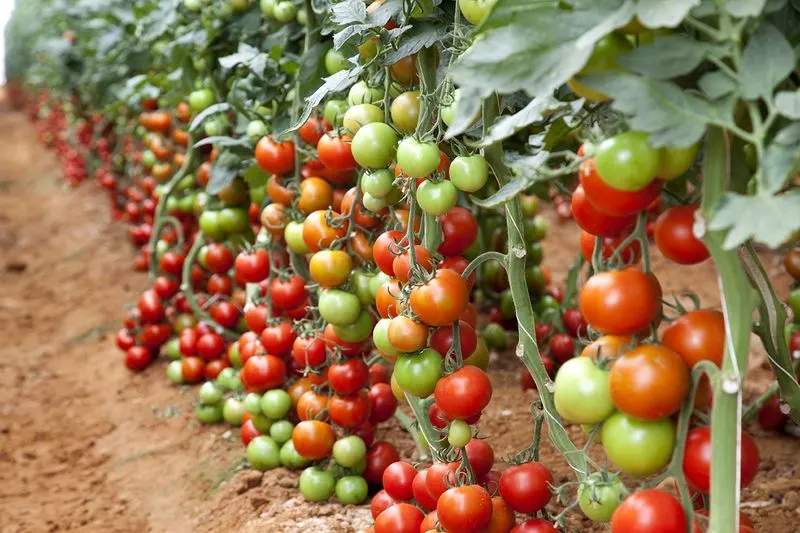
Tomatoes promised juicy rewards, yet they demanded more time and resources than anticipated. The battle against blight and pests became relentless, overshadowing the joy of harvest.
Shifting focus to less demanding crops, like leafy greens, restored balance in the vegetable patch. Each plant now complements the other, creating a thriving ecosystem with fewer headaches. Embracing the natural rhythm of the garden led to a more sustainable and rewarding experience, where each harvest brings satisfaction rather than stress.
Hostas
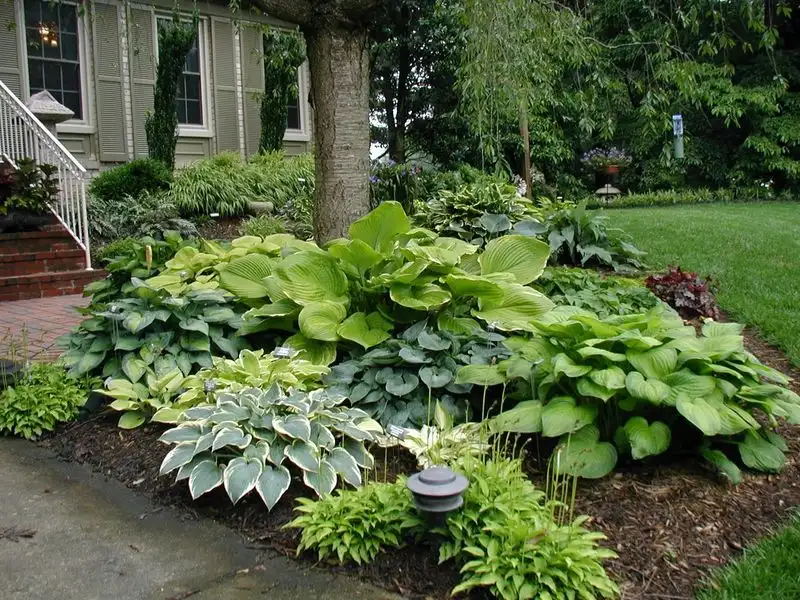
Hostas offered lush foliage, but their voracious appetite for space overshadowed their companions. The once diverse garden bed became a monoculture, with little room for others to thrive.
Removing them reintroduced variety and color to the garden, allowing smaller flowers to bask in the sunlight. The transformation was immediate, with vibrant blooms and contrasting textures creating visual delight. Mindful planting choices brought about a dynamic garden that thrives on diversity, rather than being dominated by one species.
Ficus
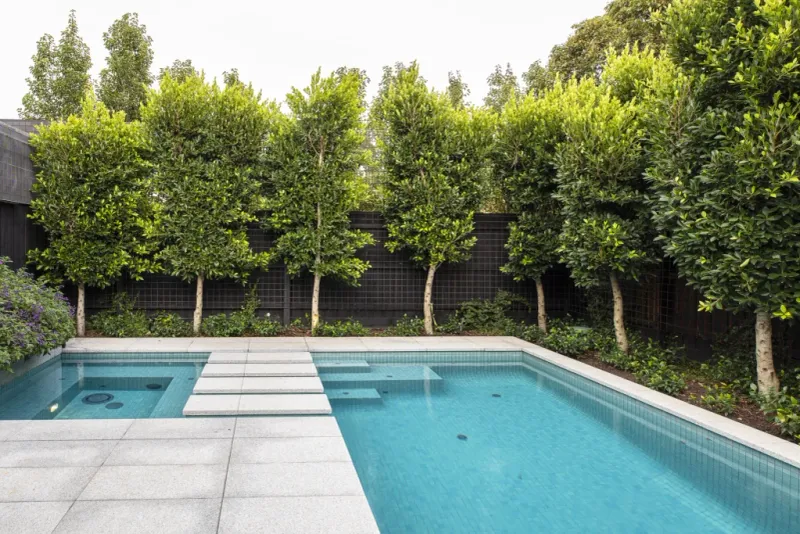
The ficus tree’s elegant silhouette belied its hidden strength. Its roots, ever-expanding, posed a threat to structures and paths, creating upheaval rather than harmony.
Removing the ficus restored order, with paths reclaimed and safety assured. In its place, smaller trees and shrubs provided shade and beauty, without the menace. The lesson learned was that selecting the right plant for the right place is crucial for a garden’s longevity and peace, ensuring enjoyment and safety for years to come.
Wisteria

Wisteria’s cascading blooms were a sight to behold, yet its vigorous nature demanded constant vigilance. Left unchecked, it threatened to overwhelm structures and plants alike.
Removing it allowed for a more balanced and manageable garden. In its place, less aggressive climbers now provide beauty without chaos. The space feels lighter and more open, with each plant contributing to a peaceful coexistence. The garden’s newfound serenity is a testament to the power of thoughtful plant selection and maintenance.
Cucumbers
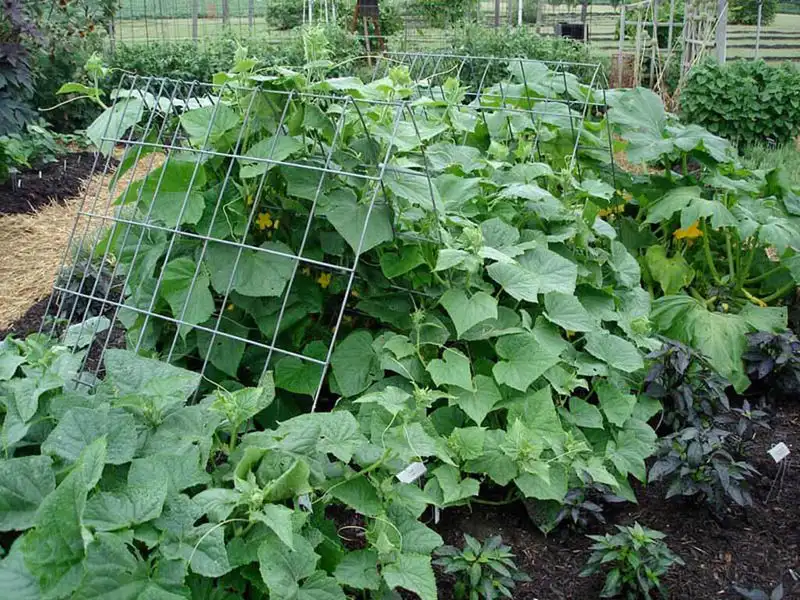
Cucumbers seemed like a refreshing addition, yet their demands in water and space became overwhelming. Their vines sprawled endlessly, overshadowing neighbors and requiring constant attention.
Replacing them with compact vegetables brought harmony back to the garden. Each plant now thrives within its own boundaries, offering a more sustainable and rewarding harvest. The balance achieved by selecting plants that align with the garden’s resources has transformed it into a more manageable and fruitful space.
Lilies
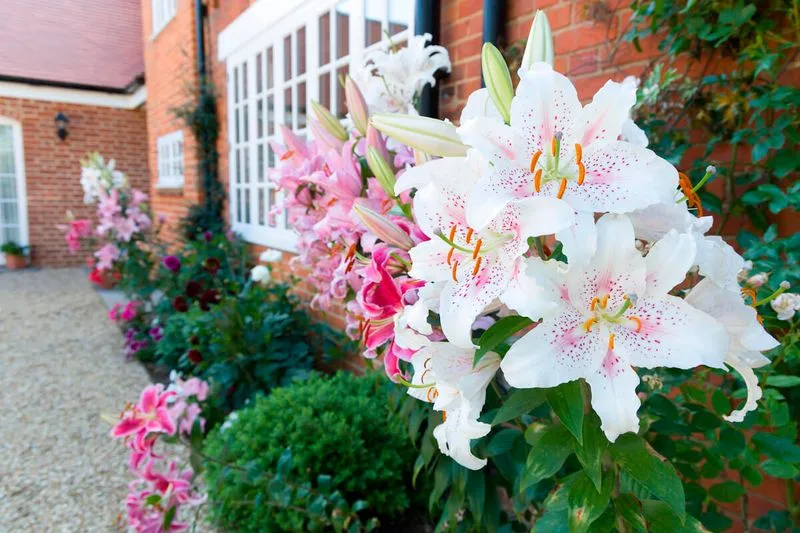
Lilies added elegance and fragrance, yet their invasive growth soon monopolized the garden beds. Their towering stems overshadowed smaller plants, creating a garden out of balance.
Removing them allowed light and space to return, encouraging diversity and vitality. The reimagined garden now boasts a variety of plants, each contributing to a harmonious ecosystem. Emphasizing diversity over dominance has resulted in a garden that thrives with life and color, inviting visitors to enjoy its beauty.
Zucchini

Zucchini was an ambitious venture that quickly spiraled out of control. Its expansive leaves and rapid growth overshadowed companions, demanding more space and resources than available.
Replacing it with more compact crops restored balance and harmony. The vegetable patch now thrives with an assortment of plants that coexist peacefully. The lesson learned was that understanding each plant’s needs and growth habits is essential for garden success, leading to a more productive and enjoyable space.
Sunflowers
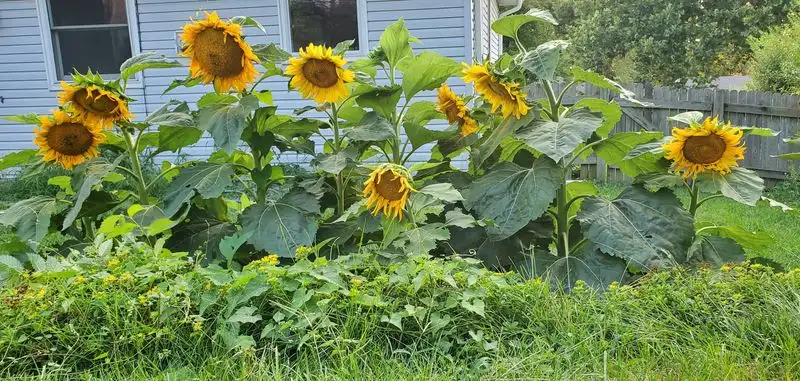
Sunflowers brought warmth and cheer, yet their towering presence cast shadows over the entire garden. Their thirst for sun and nutrients left little for others, creating an imbalanced ecosystem.
Once removed, light was restored, and smaller plants flourished, creating a more diverse and vibrant landscape. The garden’s transformation is a tribute to thoughtful planning and the importance of balance in planting. A flourishing garden is one where every plant can bask in the sunlight and contribute to the whole.
Pampas Grass

Pampas grass added dramatic flair but quickly took over, becoming a dominant force. Its expansive growth overshadowed neighbors and created a perpetual maintenance challenge.
Clearing it made way for more manageable options that complement rather than compete. The garden’s newfound balance is a joy to behold, with each plant playing its part in a harmonious ensemble. The decision to prioritize harmony over spectacle has created a space that thrives on cooperation and mutual support.

